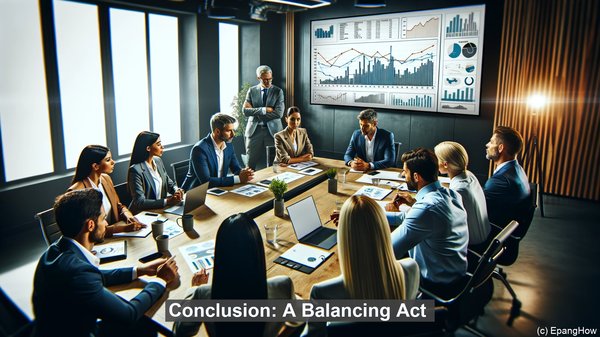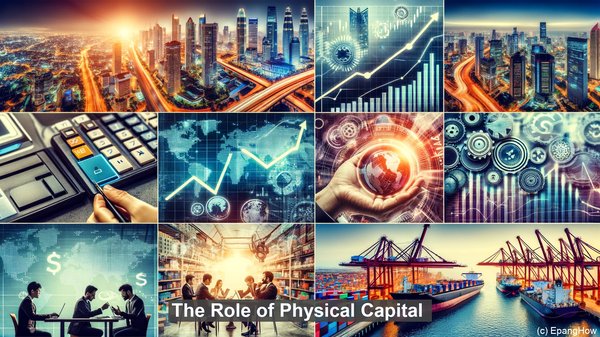Introduction: The Foundations of Economic Growth
Hello everyone! Today, we’re going to explore a fundamental aspect of economic growth: capital accumulation. Specifically, we’ll be focusing on the differences between physical capital and human capital accumulation. So, let’s dive in!
Defining Physical Capital
Physical capital refers to the tangible assets that contribute to production. These include machinery, equipment, infrastructure, and even natural resources. Essentially, anything that aids in the creation of goods and services can be considered physical capital.
The Role of Physical Capital
Physical capital plays a crucial role in the production process. By investing in machinery and technology, businesses can enhance their productivity, leading to increased output. Moreover, physical capital can also improve the quality of goods and services, making them more desirable in the market.

Accumulating Physical Capital
The accumulation of physical capital typically involves investment. This can take various forms, such as purchasing new equipment, expanding infrastructure, or even acquiring natural resources. By continually adding to their physical capital stock, firms can ensure long-term growth and competitiveness.

Understanding Human Capital
While physical capital is tangible, human capital refers to the intangible assets possessed by individuals. These include skills, knowledge, experience, and even creativity. In essence, human capital represents the capabilities and expertise of a workforce.
The Significance of Human Capital
In today’s knowledge-based economy, human capital has become increasingly vital. Skilled and knowledgeable workers can drive innovation, improve processes, and adapt to changing market dynamics. As a result, businesses and economies that prioritize human capital tend to be more resilient and competitive.
Nurturing Human Capital
Unlike physical capital, which can be acquired through investment, human capital requires continuous development. This can be achieved through education, training programs, and even on-the-job experiences. By investing in their employees’ growth, organizations can enhance their human capital and, in turn, their overall performance.
The Synergy of Physical and Human Capital
While physical and human capital have their distinct characteristics, they are not mutually exclusive. In fact, they often complement each other. For instance, having state-of-the-art machinery is only beneficial if there are skilled operators to utilize it effectively. By combining both types of capital, businesses can achieve optimal results.
